Robin Goodwin
b.1909-d.1997
Project notes page 6_
What can be found , sometimes, from the back of a picture's frame.......
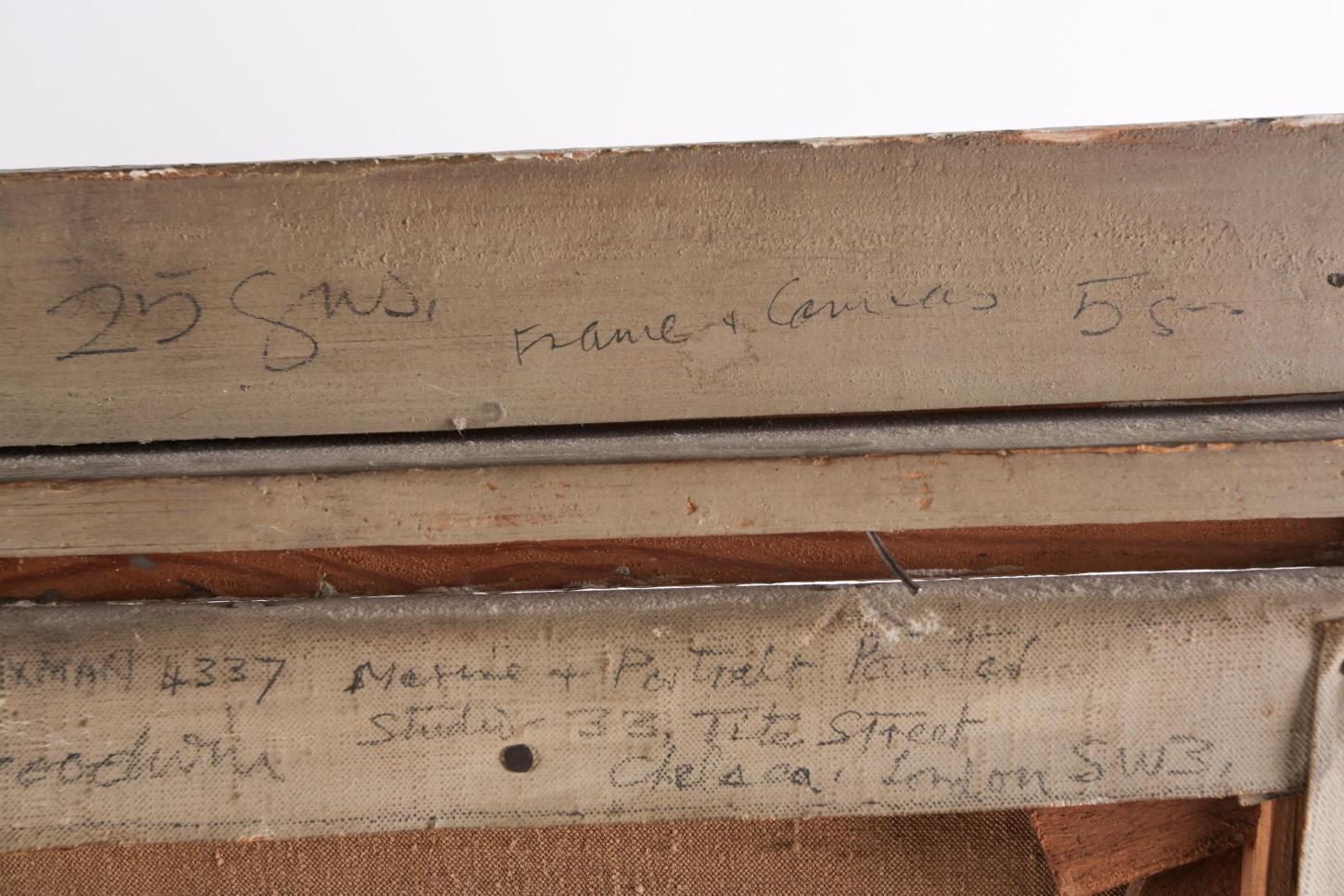
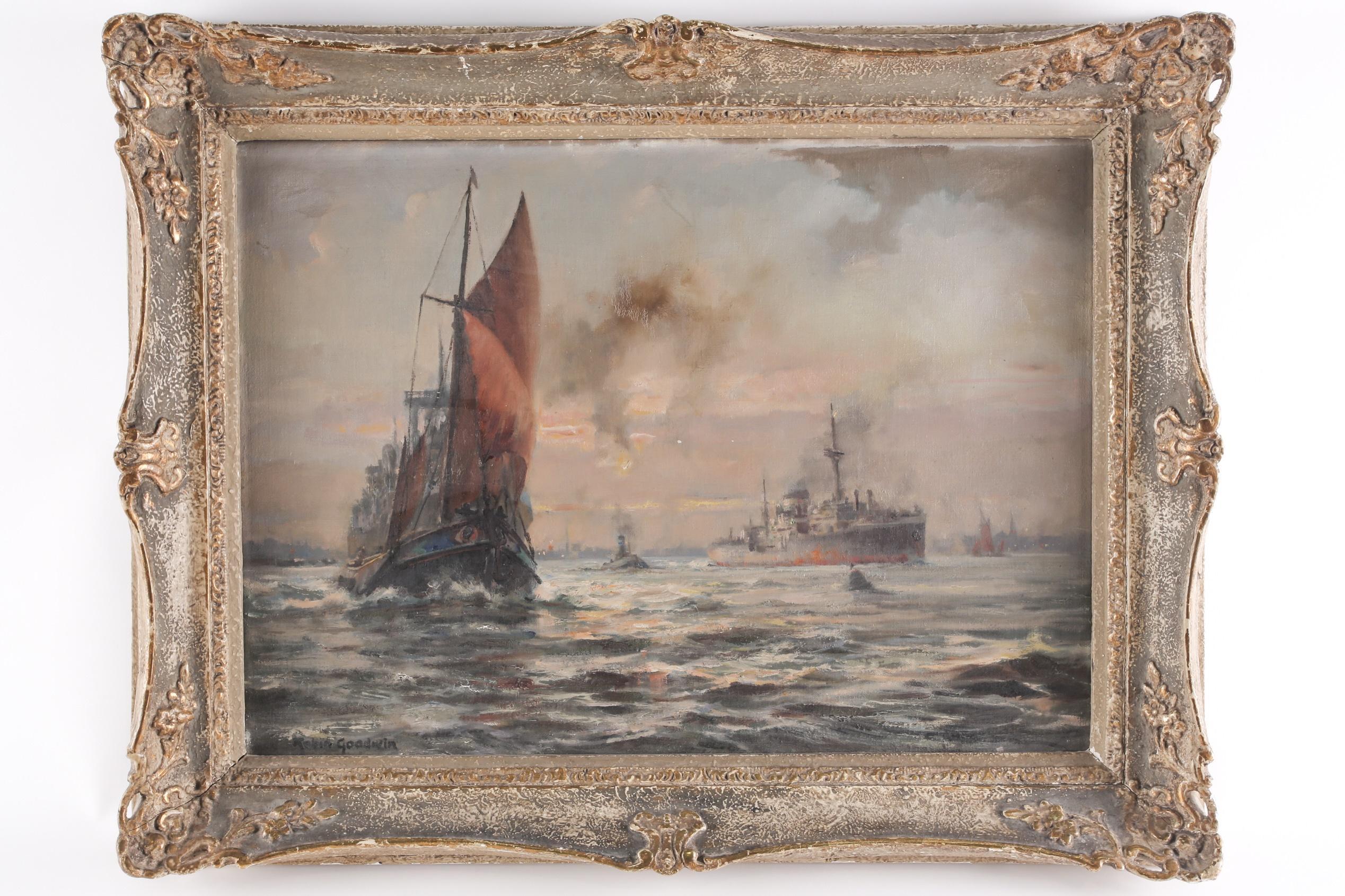
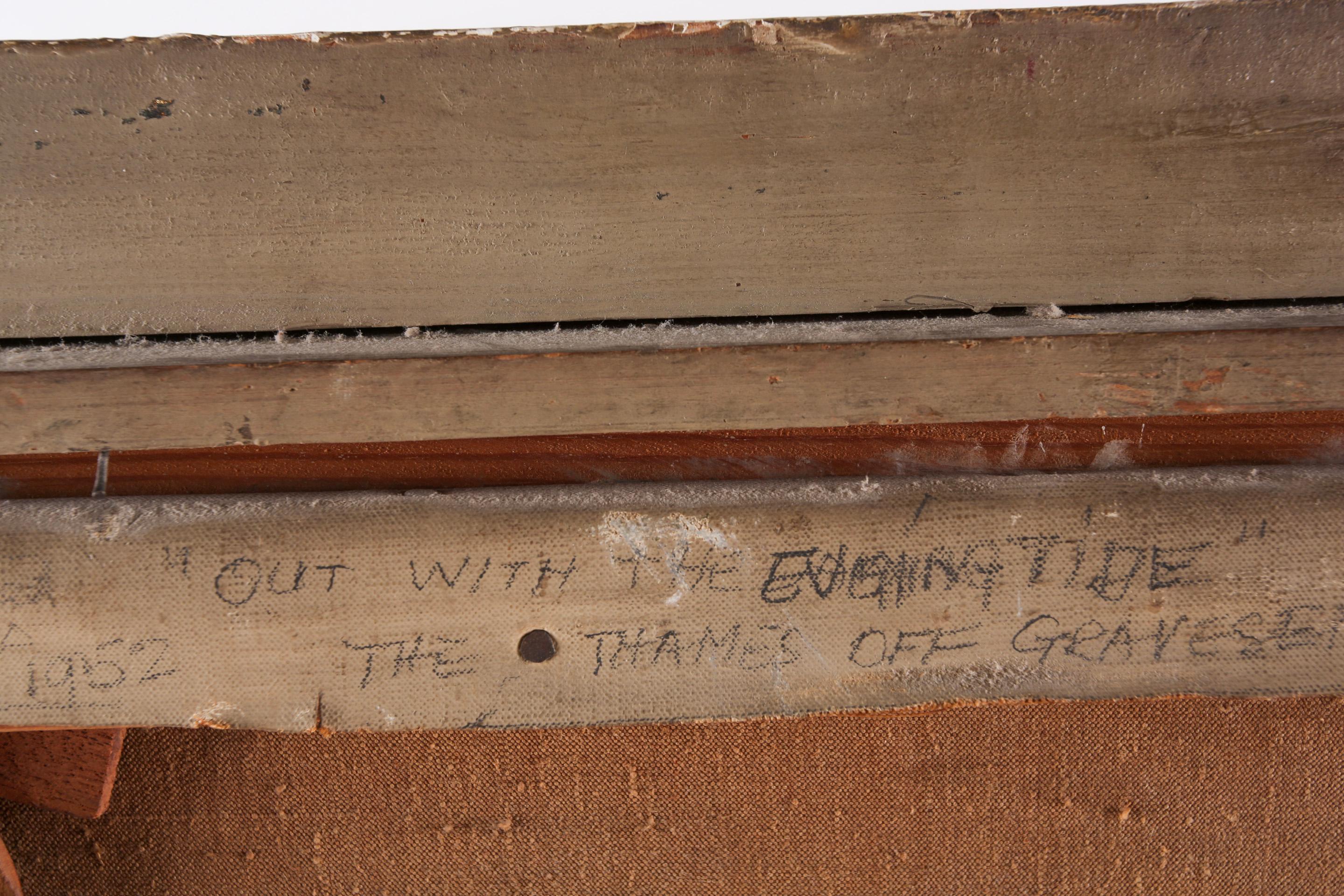
Importance/Interest of 33 Tite Street, The Slade and The Chelsea school of Art and the relationship between Augustus John, Robin Goodwin, David Shepherd and many other names.
Tite Street Studios
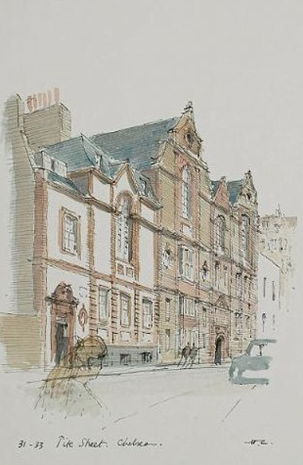
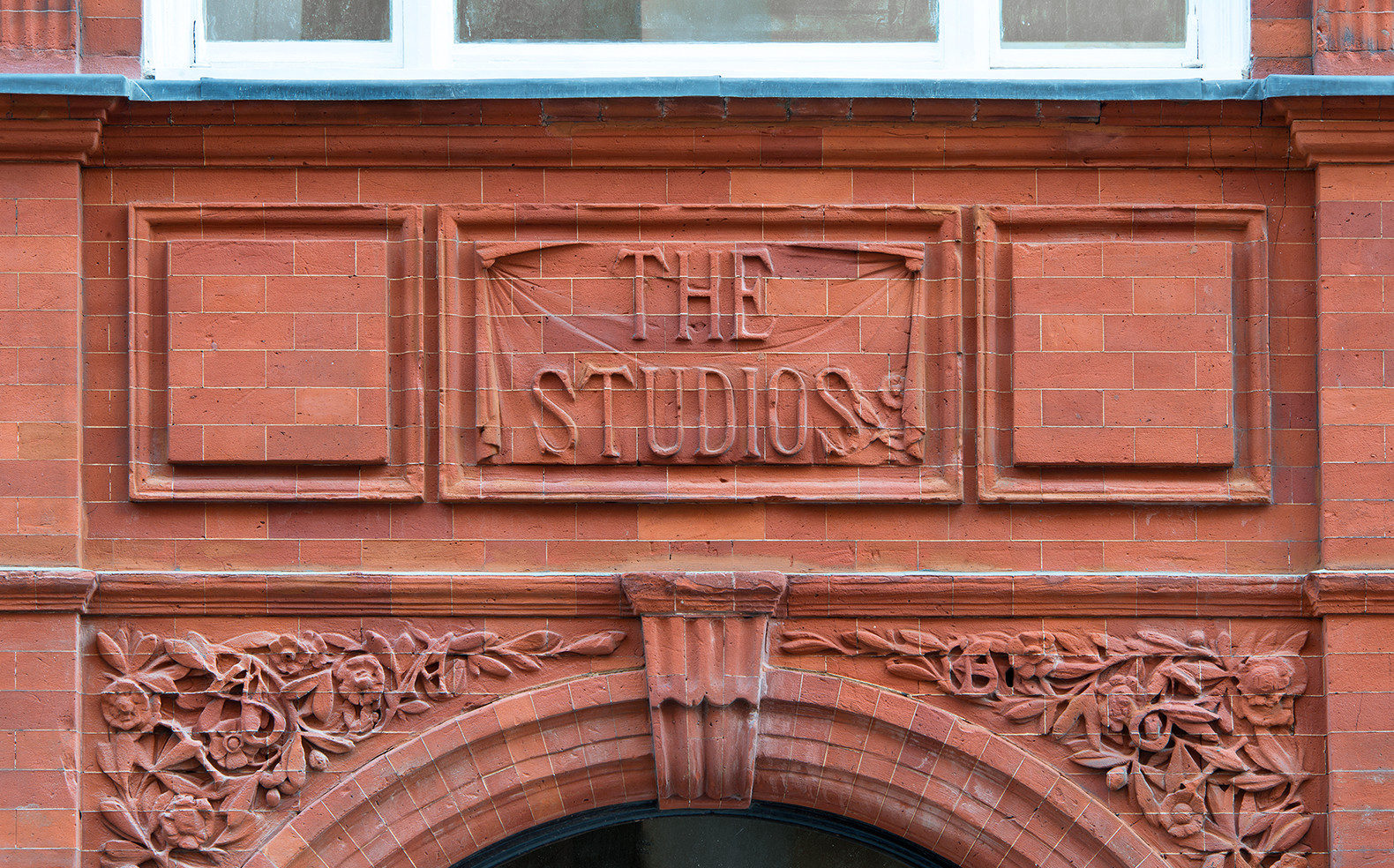
This is John Singer Sargent's Tite Street studio. He first took a lease here in June of 1885 and it would remain his home for the rest of his life.
13 Tite Street (later changed to 33 Tite Street) was eventually expanded into 31 Tite Street in 1900, after some architect legal wranglings and he combined both by cutting a hole in the wall and he would use 31 as his residence and keep 33 as his studio.
Whistler lived there 1881-1885, John Singer Sargent, Charles Furse, and, later, Augustus John, artist — intermittently between 1940 and 1958. Robin Goodwin in 1952. From: © "The Artist Sudio"
===================================================================================
No 31 (residence) & 33 (formerly 13) (studio):
John Singer Sargent, American portrait painter[7]
· No 33:
James McNeill Whistler, artist[8] (Next door were the stables of Sir Percy Shelley, who in the 1880s built Shelley House complete with a private theatre, around the corner on the Chelsea Embankment.[9])
Augustus John, artist[8] — intermittently between 1940 and 1958.
Glyn Philpot, artist
Robert Brough, Scottish artist
Nelson Shanks, American artist. Diana, Princess of Wales, posed for Shanks and his wife Leona at 33 Tite Street in 1994. The portrait now hangs at Althorp in Northampton, beside Shanks' portrait of her brother Charles Spencer, 9th Earl Spencer, which Shanks painted at Althorp in 1999. Margaret Thatcher also posed for Shanks in the Tite Street studio in 1999. Thatcher's portrait by Shanks now hangs at the College of William & Mary.
· No 34 (formerly 16[10]):
Oscar Wilde lived here from his marriage in 1884 until his arrest in 1895.[2] This location is now marked with a blue plaque.[11]
Hedley Hope-Nicholson and his family lived here; his son Felix Hope-Nicholson lived here his whole life.[12][13]
[The Tite Street studio] was in Chelsea, by the River Thames, which was outside the city (then in 1885) and quiet to work in. Many other artists, including J. Whistler, Boldini, Furse and later, Augustus John, were also moving in that direction due to the growth of the city. ...
Copyright: © Wikipedia
=================================================================================
14_Robin Goodwin. Portrait by Augustus John.
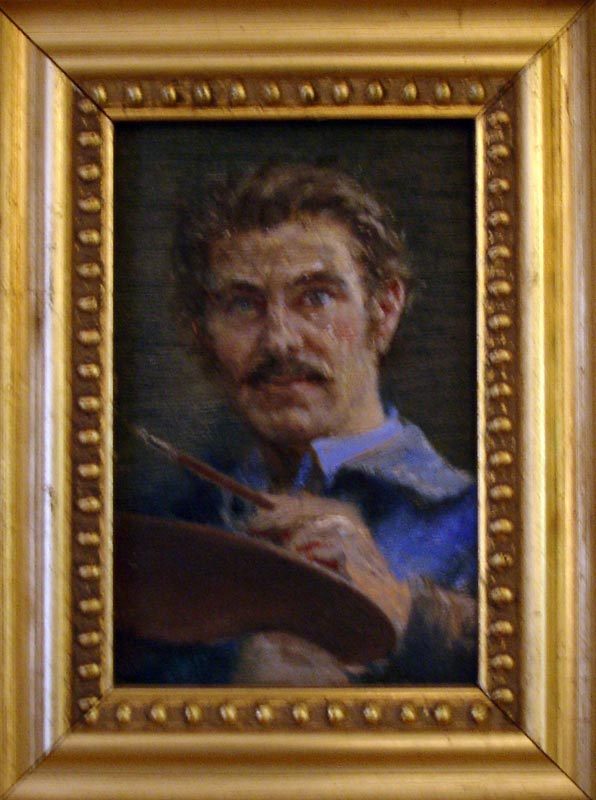
The Book "The Street of Wonderful Possibilities" by Devon Cox, covers the history of these buildings and the people and artists who worked or lived there. © 2022 Quarto Publishing plc
ISBN 978-0-7112-7452-5
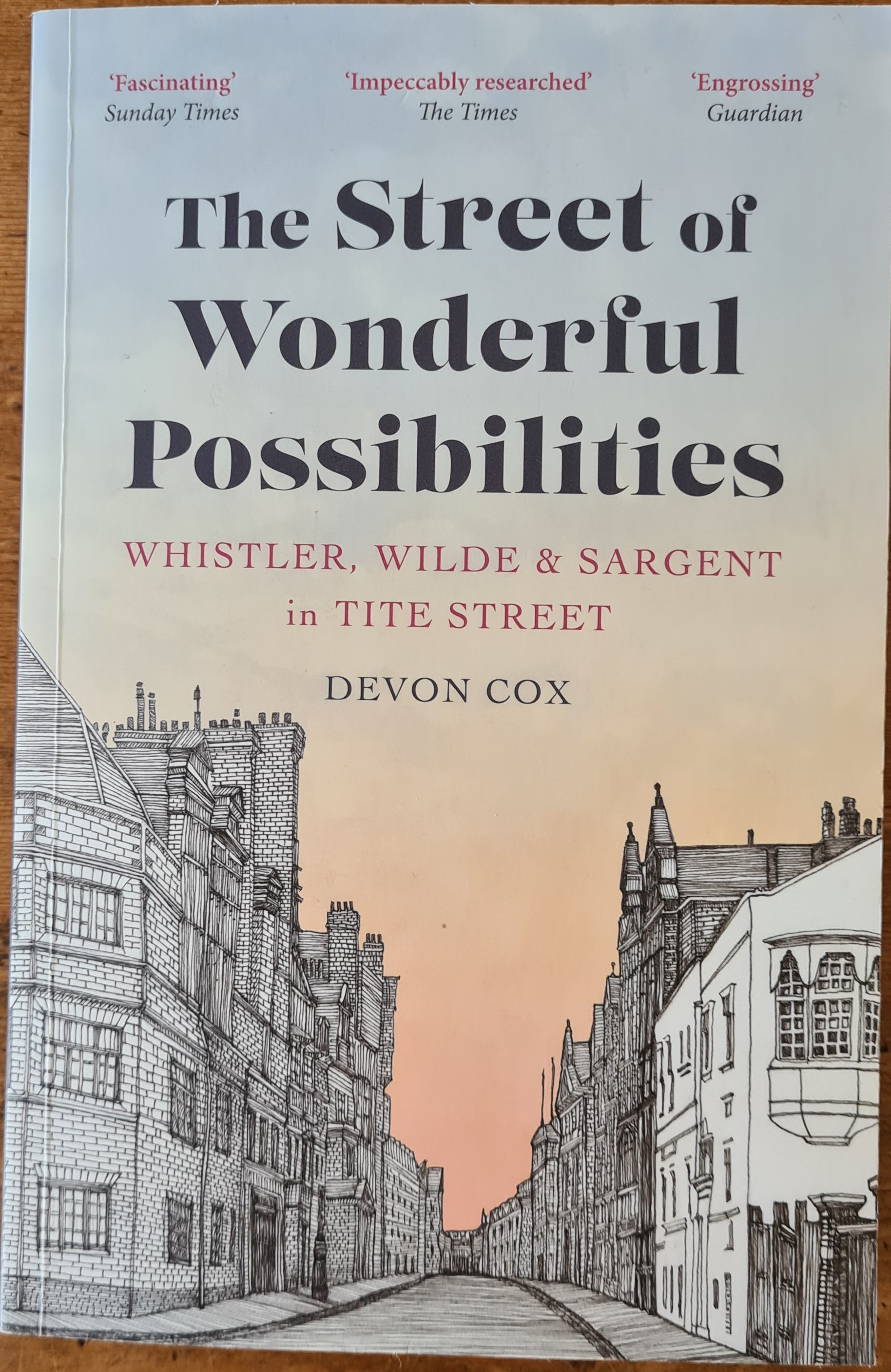
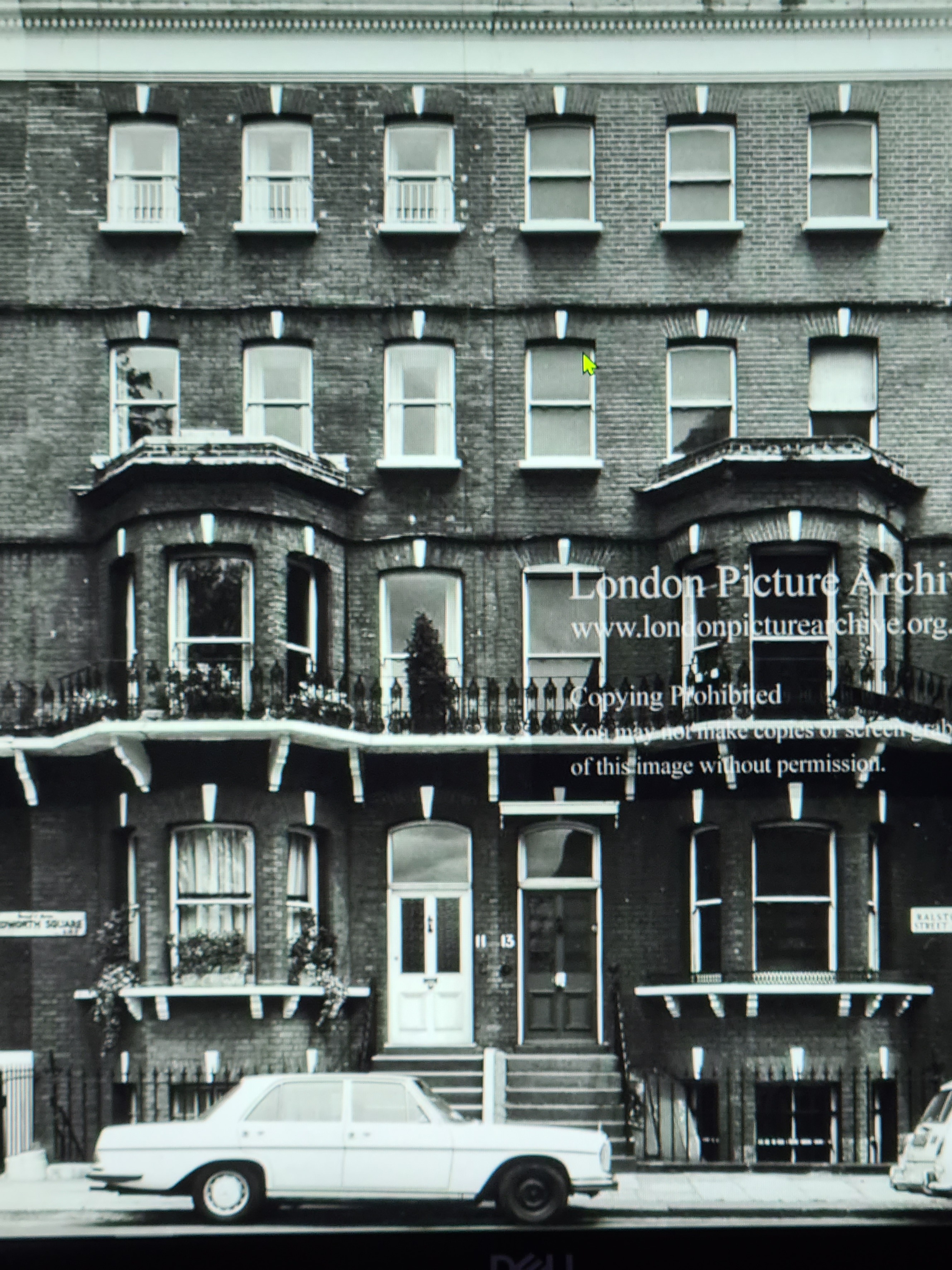

Studio at 13 Tedworth Square, Chelsea, London SW3. © London Picture Archive.
Demolished in 1974, now a rebuilt block of apartments.
============================================
The UCL Slade School of Fine Art (informally The Slade) is the art school of University College London (UCL) and is based in London, England. It has been ranked as the UK's top art and design educational institution.[3][4] The school is organised as a department of UCL's Faculty of Arts and Humanities.
The school traces its roots back to 1868 when lawyer and philanthropist Felix Slade (1788–1868) bequeathed funds to establish three Chairs in Fine Art, to be based at Oxford University, Cambridge University and University College London, where six studentships were endowed.
© Wikipedia
============================================================================================================
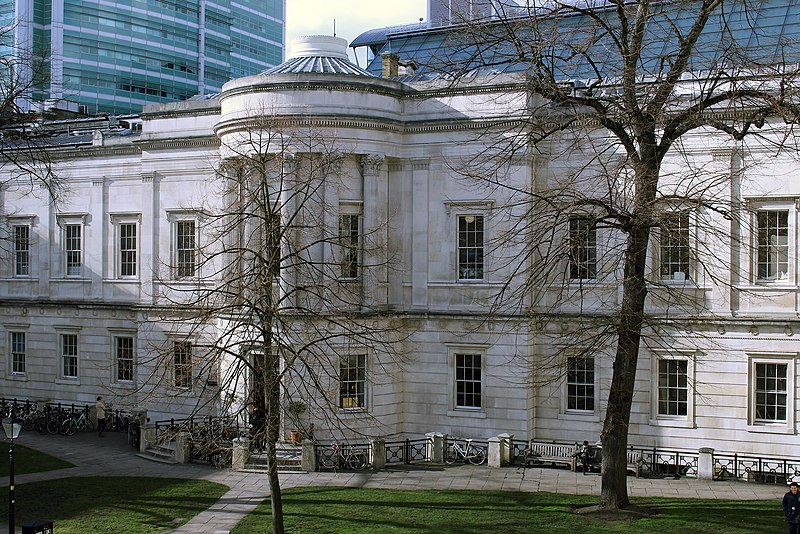
The Slade, now and then..
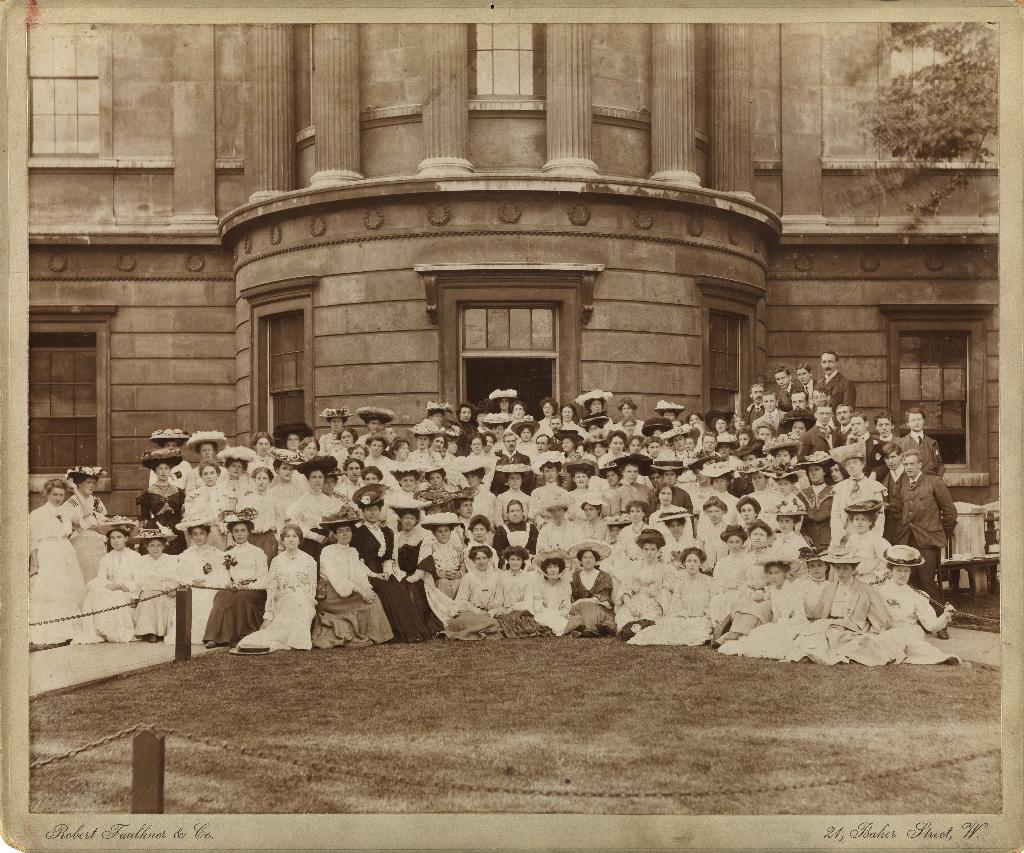
Chelsea Art School
The Chelsea Art School was a teaching studio located at Nos. 4 and 5 Rossetti Studios, Flood Street, Chelsea, which was opened in the autumn of 1903, by William Orpen and Augustus John who acted as co-principals. The artists had studied together at the Slade and although it was meant as a joint venture, most of the teaching and running of the School was undertaken by John, with Orpen's chief contribution being a series of lectures on anatomy. Both male and female students were admitted to the School but, despite John's own bohemian lifestyle, the sexes were segregated for the Life classes. Also in attendance was Gwen Salmond, who was later to marry Matthew Smith. She acted as a chaperon for the ladies to enforce the segregation of the sexes. In addition to life classes, the syllabus also included classes in still-life, figure composition, landscape and decorative painting. Despite the School attracting students of the calibre of Henry Lamb and the fact that Augustus John was able to co-opt several of his ex-Slade colleagues for lectures and demonstrations, the project was not a financial success. Orpen's interest, which had never been great, rapidly vanished; John's interest too eventually waned, despite his enthusiasm for teaching, and in 1907 the School closed. This should not be confused with Chelsea School of Art.
=====================================================================================================================================================================================================
Tite Street
Michael Holroyd published a biography of John (Augustus John) in 1975 and it is a mark of the public's continued interest in the painter that Holroyd published a new version of the biography in 1996. A major exhibition, 'Gwen John (sister) and Augustus John,' was held at Tate Britain over the winter of 2004/5. According to the gallery's publicity, this exhibition revealed 'that although Augustus described himself and his sister as "the same thing, really," their art developed in different directions. Augustus' work seems wildly exuberant against Gwen's more introverted approach, but both artists indicate a similar flight from the modern world into a realm of fantasy.[39] The exhibition went on to the National Museum of Wales in Cardiff later in 2005. In 2018 Poole Museum in Dorset hosted the exhibition 'Augustus John: Drawn from Life,' which then went on to Salisbury Museum in 2019.
=======================================================================================================================================================================================================
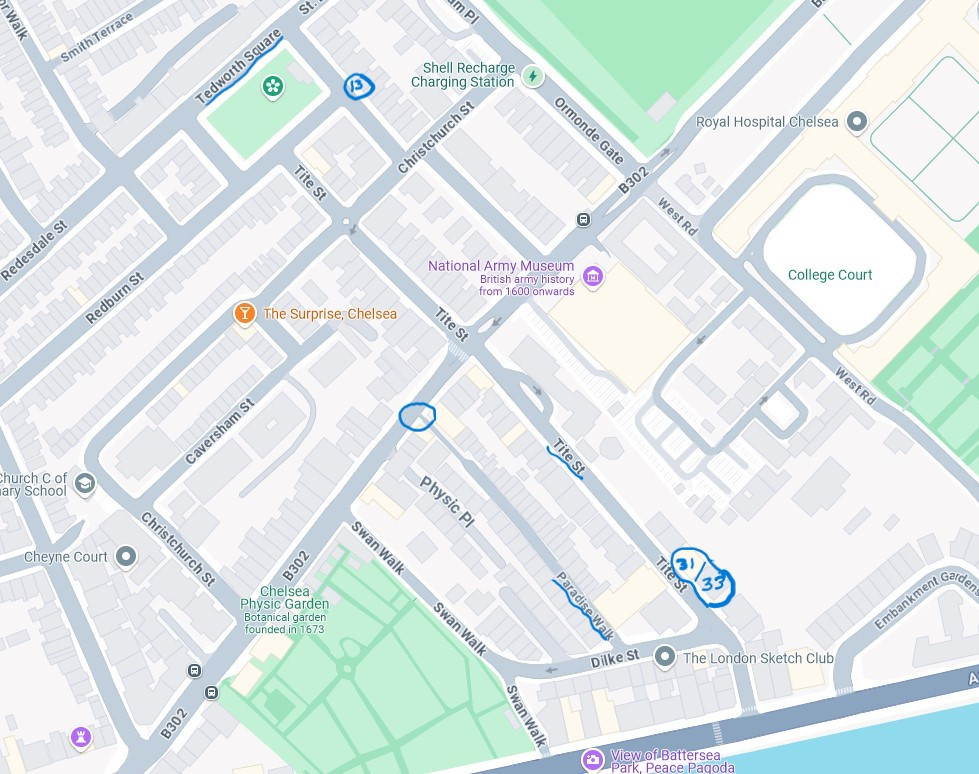
© Google Maps

